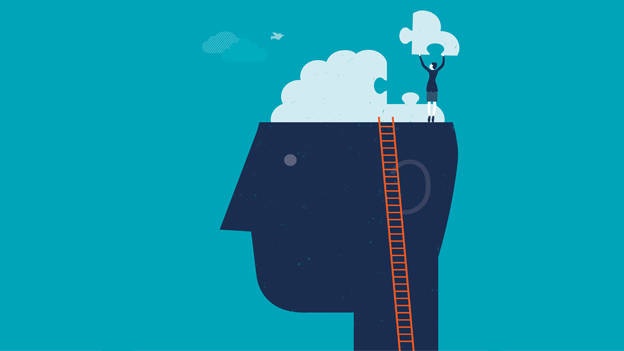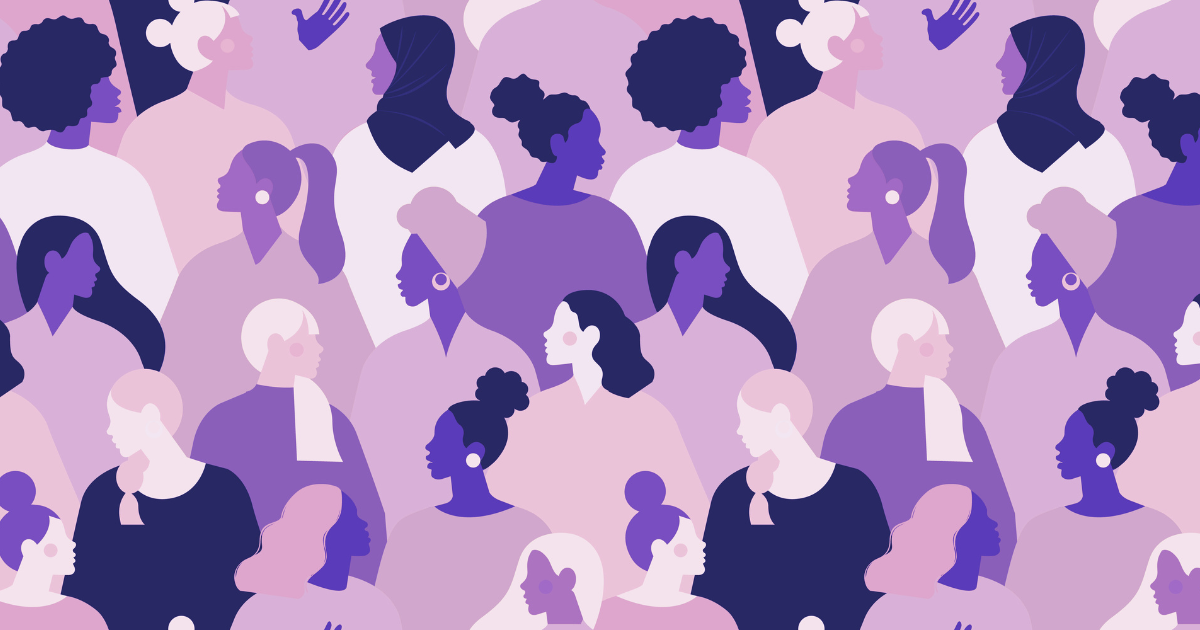LESS THAN MINUTE
Learning Agility: A New Learning Paradigm?
28 Jun 2017
Professor Of International Business and Strategy
CONTACT DETAILS
Email: kaxarloglou@alba.acg.edu
More information here

Introduced in the late ‘90s, V.U.C.A. describes the world society as volatile (V), uncertain (U), complex (C) and ambiguous (A)—a society where the present is not a good predictor of the future, but is, in fact, frequently a misleading one. The outcome of disruptive technologies, which develop new and unknown social patterns, and globalization, which magnifies the disruptive effects of the technology, VUCA is the new reality, and we all have to live with it.
Learning is central to functioning effectively in the VUCA environment. As the present is drastically different from the past, we ought to comprehend complex and unknown social patterns fast and effectively. However, past experience does not help. Instead, we need to be able to “learn, unlearn and relearn”. We need to develop a “learning agility,” a complex set of skills and competencies that allow us to learn something in one situation and apply it in a different one. Learning agility is about gathering patterns from one context and using them in another so that we can make sense out of something we have never seen or done before. It is the ability to learn, adapt and apply ourselves in constantly changing, first-time conditions.
Learning agility requires from the learner the “potential to learn” and thus an open and receptive mind-set; also a “motivation to learn,” a willingness to participate in the learning process; and finally an “adaptability to learn,” through reflection on the relevance of the acquired skills and competencies and the need to adjust them and even develop new ones.
Schooling obviously is the most important venue for learning, especially in the learner’s early years. Through schooling, learners acquire relevant, for the time being, attitudes, skills and competencies that soon become obsolete as the VUCA environment rapidly evolves and changes. Schooling, on the other hand, ought to help learners to develop learning agility so they manage to adapt effectively in the VUCA environment. Thus, learning should be continuous, through lifelong learning (and thus the development of a “learning attitude”), as a systematic and organized venue through which learners develop and maintain learning agility.
Business Schools develop programs along those lines through their degree programs (MBAs and MScs) and Executive Education. However, a technocratic approach in management education does not contribute that much in learning agility. Instead, various Business Schools restructure their curricula to incorporate learning initiatives in the interface of management, STEM and the humanities. Thus learners develop fundamental intellectual competencies on how to unravel, in a systematic and disciplined way, complex patterns (through an analytical mindset) but also develop the human virtues (through the humanities and the arts) so that they have the set of competencies on how to “learn, unlearn and relearn”. Creativity and innovation, flexibility, positivity, resilience, adaptability, openness to unknown and tolerance to adversity and the unexpected are only a few of the competencies that enable learning agility. Learning agility helps learners comprehend new patterns and effectively function in the rapidly evolving VUCA environment.
Undoubtedly, the education system faces a lot of disruptive innovations: online learning, self-learning, active learning and mindfulness, etc. The most important challenge though is how to reform itself and adjust its learning methods, styles and curricula in order to help learners develop learning agility so they can function effectively in the VUCA world.






